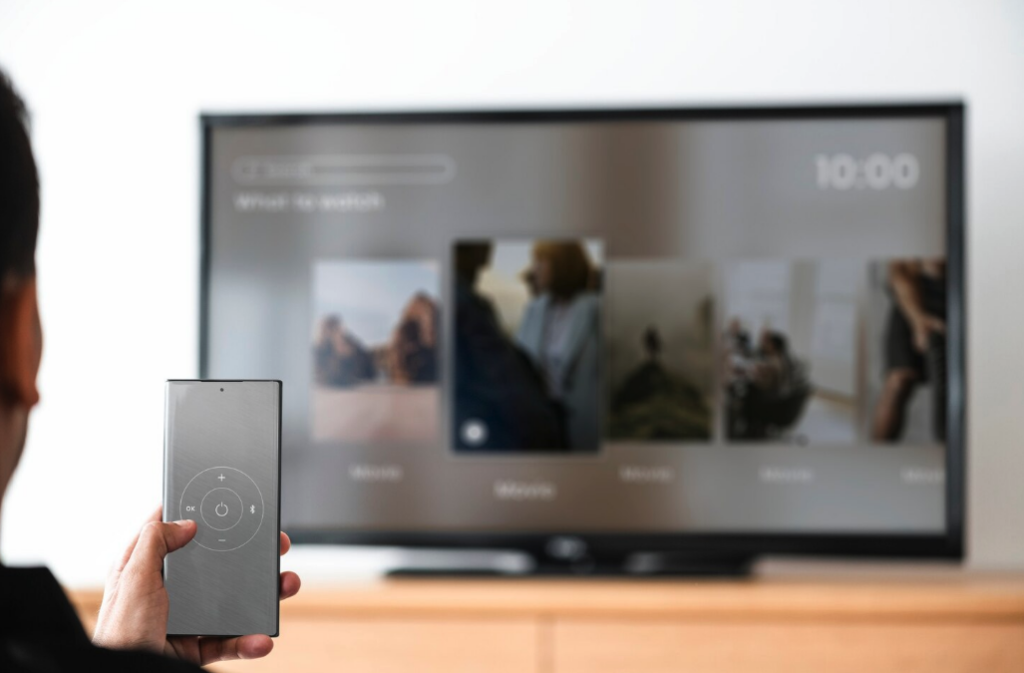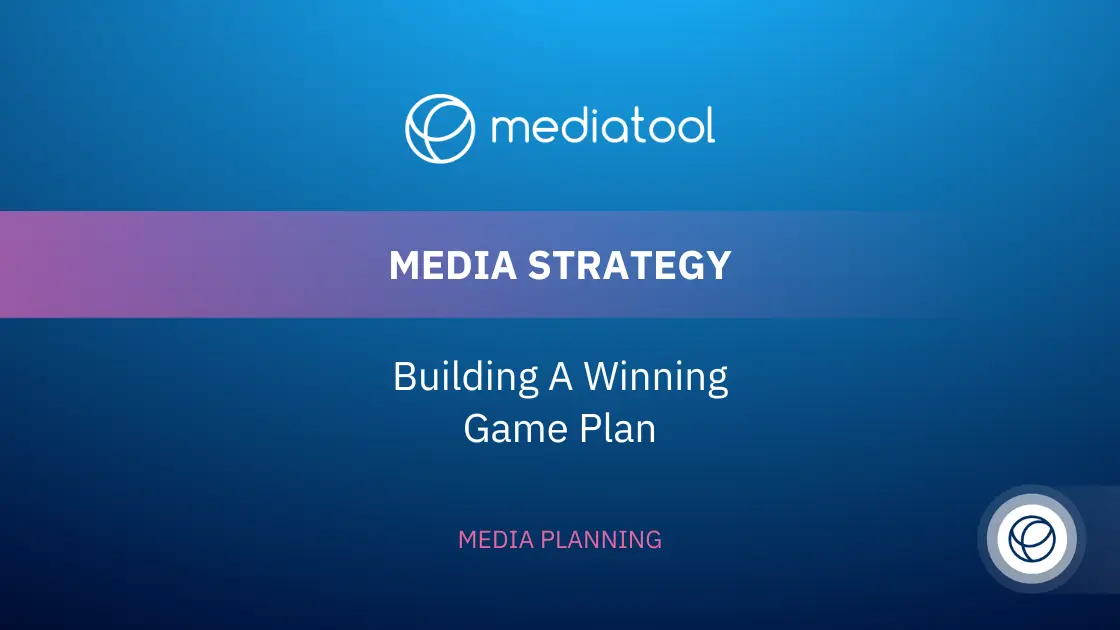As the digital landscape evolves, OLV advertising stands out as a key tool for marketers aiming to reach an increasingly online audience. Moving from traditional TV to dynamic digital channels brings challenges, such as effectively targeting and maximizing ad spend. OLV advertising provides a strategic answer, enabling brands to connect with audiences through impactful, tailored video content. Explore the essentials of OLV advertising and learn how to leverage its benefits and implement successful strategies.
What is OLV Advertising?
OLV (Online Video) advertising is a modern method of brand promotion using digital video content. It differs from traditional TV advertising by focusing on online platforms where target audiences are active. This approach utilizes video ads on various digital channels, including social media, YouTube, and streaming services.
OLV advertising represents a significant shift from linear TV and traditional TV commercials to a more interactive and targeted approach. It allows brands to engage with digital viewers, including those who primarily consume content on streaming TV, connected TV, and OTT platforms. By targeting specific audience segments, OLV advertising offers precise reach and engagement, making it a key component of contemporary digital marketing strategies.
Benefits of OLV Advertising
Marketers are increasingly turning to OLV advertising for its distinct advantages in the digital marketing landscape:
Targeted Reach
OLV advertising excels in its ability to target ads with precision. Advertisers can tailor their video content to specific demographics, interests, and behaviors, ensuring that their video ads reach the right audience. This targeting capability, particularly on digital channels like streaming services, OTT platforms, and connected TV, makes OLV a powerful tool for reaching digital viewers and potential customers effectively.
US consumers spend an average of 14 hours each week watching digital video, and a significant 68% of digital viewers express a preference for discovering new products or services through video content. This extensive viewing time and preference for video-based discovery underscore the effectiveness of OLV advertising in connecting with engaged audiences.
Measurable Results
One of the key strengths of OLV advertising is its measurability. Advertisers have the advantage of tracking views, clicks, and interactions with their video ads in real-time. This wealth of data allows for constant optimization of ad campaigns, ensuring that they align with the brand’s campaign goals and drive desired outcomes.
Cost-Effectiveness
Compared to traditional TV advertising, OLV can be a more budget-friendly option. The targeted nature of OLV advertising often leads to a higher return on ad spend (ROAS), as it minimizes waste and maximizes impact. Brands can invest their advertising budget more efficiently, reaching their target market through online video and digital video channels.
Enhanced Brand Engagement
OLV advertising also offers the opportunity for enhanced brand engagement. By leveraging engaging video content, brands can connect with their audience on a deeper level, building brand awareness and driving purchase intent. The interactive nature of online video advertising on platforms like smart TVs and OTT content allows for a more immersive and impactful advertising experience.
In 2021, a significant 87% of digital video ads viewed spanned 30 seconds in length. This trend points to an increasing preference for ads that are longer in format, presenting advertisers with greater opportunities to engage in storytelling and deepen brand engagement through online video ads.
OLV vs CTV vs OTT

Understanding the distinctions between OLV (Online Video) advertising, CTV (Connected TV), and OTT ads (Over The Top) is crucial in the realm of digital video advertising.
OLV: The Versatile Format
OLV advertising encompasses all forms of video advertising delivered through digital channels. This broad term includes a variety of video ad formats, from in-stream ads on websites to video content on social media platforms. OLV ads are designed to reach a wide audience, including digital viewers and potential customers who frequently consume online video content.
CTV: Focused on the Big Screen
CTV advertising specifically targets viewers using smart TVs and devices connected to TVs. It’s a subset of digital advertising that capitalizes on the growing trend of streaming TV and OTT content consumption. CTV ads appear on streaming services and are tailored to the viewing habits of connected TV users, offering a unique opportunity for brands to engage with their audience in a home entertainment setting.
Reflecting this trend, eMarketer forecasts a substantial growth in CTV ad spend, projecting an increase to over $30 billion in 2024, which represents a 22.4% jump from the $24.6 billion spent in 2023. This significant growth highlights the increasing importance and potential of CTV advertising in the digital marketing landscape.
OTT: Streaming Content Delivery
OTT refers to the delivery of video content over the internet, bypassing traditional linear TV and cable systems. OTT advertising targets viewers on streaming platforms like Netflix, Hulu, and other OTT services. These platforms provide a space for targeted video ads, allowing brands to reach a specific segment of consumers who prefer streaming tv over traditional TV.
The ‘OTT Video’ segment in the media market is projected to add 862.8 million users between 2023 and 2028, marking a 24.57% increase, and is expected to reach 4.4 billion users by 2028, highlighting the rapidly growing audience for OTT content and the significant opportunity for targeted advertising in this space.
How OLV Advertising Works Best
Maximizing the effectiveness of OLV advertising involves several key strategies:
Audience Understanding

To excel in OLV advertising, it’s essential to deeply understand your target audience. This includes knowing their interests, online behavior, and preferences. By comprehending what captivates your target market, you can create video content that resonates with them.
Utilizing first-party data and digital insights, brands can tailor their video ads to effectively engage with the right audience, including digital natives and digital-first media consumers.
Emphasis on Quality
Quality is paramount in OLV advertising. Investing in high-quality video production for your ads enhances brand perception. This means focusing on crisp visuals, clear audio, and compelling storytelling. Premium content in your video ads not only captures attention but also reinforces brand safety and elevates the viewer’s experience, whether it’s on traditional tv, streaming tv, or connected tv platforms.
Clear Call to Action
A successful OLV ad campaign features a clear and compelling call to action. Encourage viewers to take specific steps, such as visiting a website, exploring more insights, or making a purchase. A well-defined call to action aligns with your campaign goals and guides potential customers through the customer journey, increasing the likelihood of achieving desired sales outcomes.
Leveraging Digital Platforms
OLV advertising thrives across various digital channels. From in-stream ads on social media to video content on OTT platforms and connected tv, selecting the appropriate digital channels for your ad campaigns is crucial. This approach ensures that your video ads reach your target audience effectively, whether they’re consuming content on OTT services, CTV apps, or online video platforms.
Steps to Create an OLV Strategy
Launching a successful OLV (Online Video) campaign involves a structured approach:
1. Set Clear Goals
Start by defining your campaign goals. Whether you aim to increase brand awareness, boost sales, or generate leads, having clear objectives guides the direction of your OLV campaign. This clarity helps in focusing your ad spend and resources effectively.
2. Identify Your Audience
Knowing your target audience is crucial in online video advertising. Understand their preferences, online habits, and content consumption patterns. This step ensures that your video ads reach the right consumers, especially those who are digital natives or digital-first media consumers.
3. Choose Suitable Platforms
Select the digital platforms and channels where your target audience is most active. This may include social media, streaming tv services, OTT platforms, or websites with video content. The choice of platforms should align with your ad campaign’s goals and your audience’s preferences.
4. Create Engaging Content
Develop video ads that resonate with your audience. Focus on creating engaging, high-quality digital video content that aligns with your brand’s messaging. This could involve various formats such as in-stream ads, mid-roll, pre-roll, or out-stream video ads. Ensure that your content is not only appealing but also relevant to the viewer’s interests and needs.
5. Monitor and Adapt
Continuously track and analyze the performance of your OLV ads. Use metrics such as video completion rate, engagement, and conversion to gauge the effectiveness of your campaign. Leverage these insights to refine and adapt your strategy, ensuring that your video advertising efforts align with customer behavior and campaign goals.
6. Emphasize Brand Safety and Premium Content
Ensure that your OLV campaign upholds brand safety and focuses on delivering premium content. This approach enhances the viewer’s experience and builds trust in your brand. It also ensures that your ads are placed in appropriate contexts, maximizing their impact and effectiveness.
Conclusion
OLV (Online Video) advertising marks a significant evolution in the realm of digital marketing, offering unparalleled opportunities for brands to connect with their audience in the digital age. From the precision targeting capabilities of online video advertising to the immersive experience of streaming tv ads, OLV presents a diverse landscape for advertisers to explore.
Whether through connected TV, OTT platforms, or traditional online channels, the ability to craft engaging, high-quality video content is at the heart of successful OLV campaigns.
By understanding their target audience, choosing the right platforms, and continuously adapting to insights, brands can leverage OLV to achieve a range of objectives, from boosting brand awareness to driving sales.
As the digital landscape continues to evolve, OLV advertising stands out as a dynamic, effective, and essential component of any modern digital marketing strategy. With its blend of technology, creativity, and strategic thinking, OLV advertising is not just the future of digital advertising – it’s the present.





